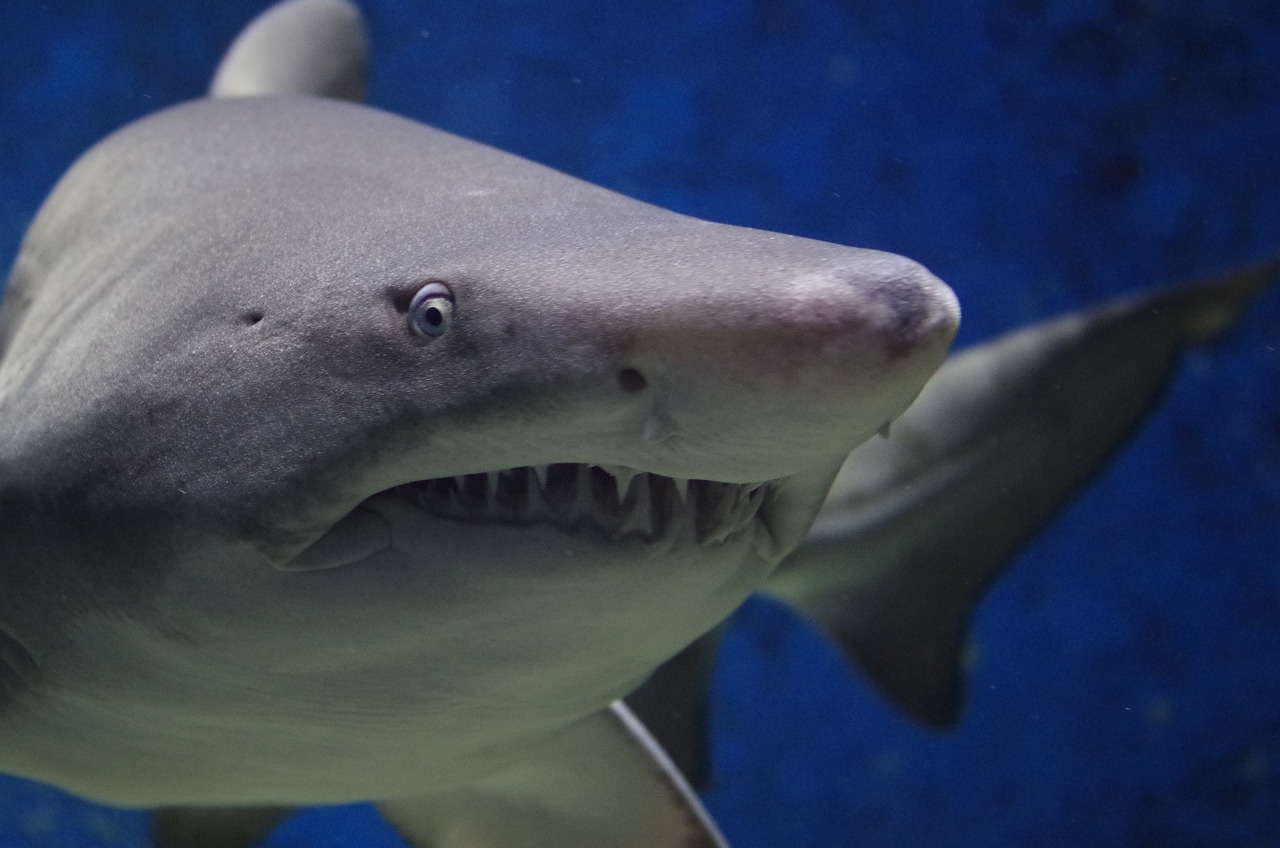Did you know that sharks love internet cables? Defined as a fish with a rubbery skeleton and sleek, streamlined body, sharks can range in size from a two-foot pygmy shark to a 50-foot whale shark. Excited by many, loved by some, and hunted by many, sharks are one of the most mysterious groups of animals that roam the surface of Earth’s waters today.
You’ve heard that sharks love internet cables
Sharks are found in almost every major body of saltwater in the world, but are more common in warmer waters. Now, have you ever come across the fact that this creature loves the taste of the Internet?
Attacks on Undersea Data Cables Showing Sharks Love Internet Cables –
According to a report in The New York Times in 1987, the shark “showed an indescribable taste for the new fiber-optic cables attached to the bottom of the ocean connecting the United States, Europe and Japan.”
Again, according to Network World’s Brandon Butler, a Google product manager explained at a recent event that the company has worked on wrapping trans-Pacific underwater cables in Kevlar to protect against shark bites.
Google has confirmed the fact that the new generation of undersea cables is wrapped in special protective thread and steel wire armor and aims to protect against cable cuts, including possible shark attacks. However, it has not been confirmed yet.
A peek at Google’s own handy website reveals that the company has its own patent for a material called “Polyethylene Protective Yarn.”

What is polyethylene protective thread used for? How Prove Sharks Love Internet Cables?
High strength polyethylene yarns are useful in ballistic-resistant, cut-resistant and other applications, in textile and yarn manufacturing processes and fabrics. The untwisted yarn of the invention consists of a plurality of fibers in an essentially parallel array and contains from 0.5 to 5 weight percent of a water-dispersible binder material covering less than half of the surfaces of the fibers.
Google will invest in better ways to protect its transoceanic data cables. There have been several instances over the years in which damage to undersea lines has caused major disruptions to internet service and is suspected to be the result of shark attacks. A reliable network infrastructure has become increasingly essential to Google’s business, which relies on ultra-fast transmission of information between data centers around the world.
In August 2014 infrastructure czar Urs Holzle announced that the company was helping build a new trans-Pacific cable system connecting the United States to Japan at speeds of 60 Tbps.

But why do sharks like internet cables?
Many researchers and investigations have pointed out that sharks can sense electromagnetic fields, so perhaps they are attracted by the current.
The problem of sharks attacking undersea data cables dates back to the 1980s. As studies have shown that the cables are more prone to shark attacks because they are equipped with hydrophones that receive returned signals initiated by the seismic source, these streamer cables are deployed at about 16 – 65 feet (5–20 m) deep, and each streamer typically is 26,247 feet (8 km) long.
Thus, the activity probably attracts numerous animals to investigate what the commotion is all about. One of these animals is the shark, which is attracted to the magnetic streamer field and bites through the cables! In some parts of the world, equipment damage due to shark attacks on streamer cables is a serious problem in terms of time delays and financial losses for operators.
Other Cases:
Furthermore, many investigations have revealed sharks widely distributed in tropical and warm temperate waters around the world that are common in areas where oil companies have a problem with sharks attacking streamer cables. Bull sharks are assessed as Near Threatened (NT) by the International Union for Conservation of Nature because their occurrence in estuaries and freshwater areas makes them vulnerable to human impacts.

